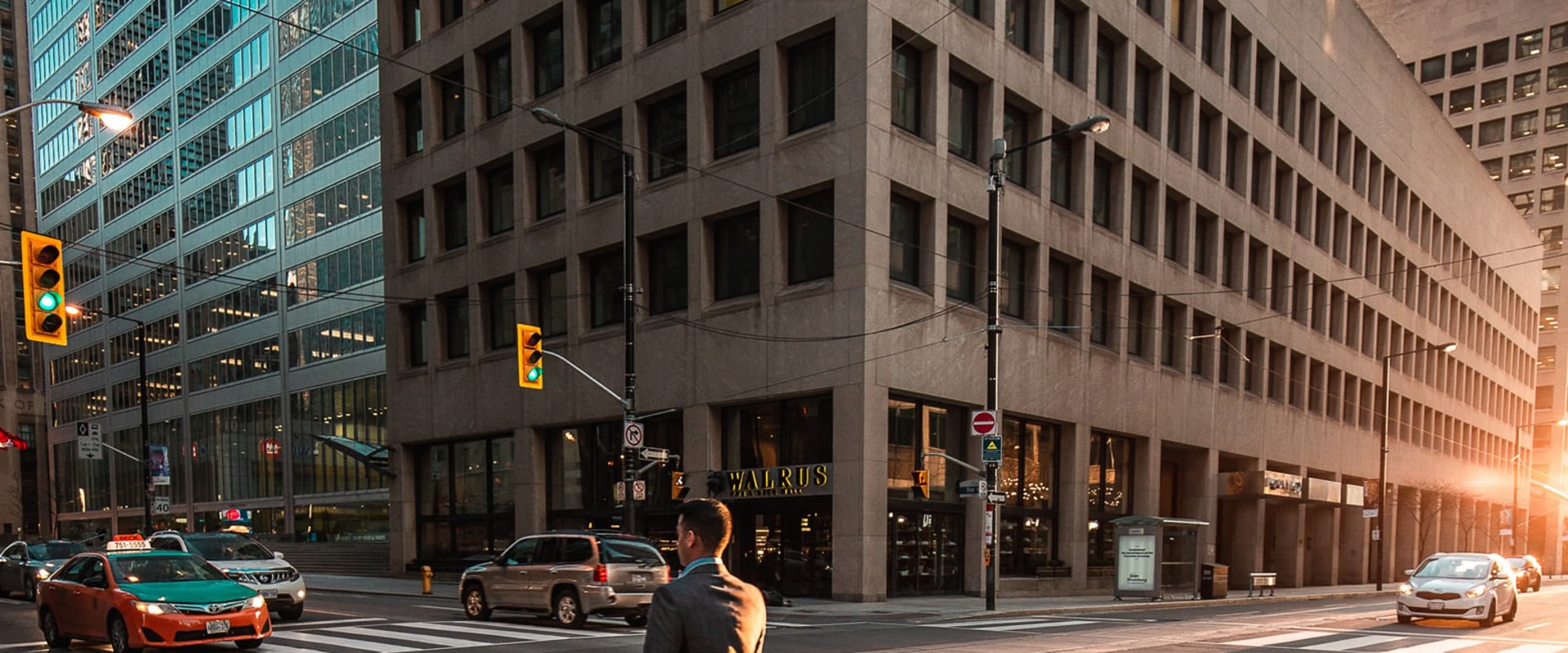Water, snow, and ice can stay on low-sloped roofs longer than steeply sloped roofs. This can cause leaks and damage if these items are not removed. You must remove dirt regularly to ensure that it does not damage the roof material of the low slope roofing system. If a Roofing Company in Bucksport SC is not properly installed or maintained, a low-sloped roof can have flat spots or gaps where water cannot drain. Therefore, this water weighs heavily on the joints and can cause leaks.
With a low-sloped roof, water, ice and snow can stay on it longer. This makes the roof more susceptible to faster wear. When you've spent so much on your roof, this is the last thing you want to happen to it. Roofs with a low slope must be cleaned and inspected regularly, and it is essential to have a quality subfloor system to prevent ponds from accumulating and creating wet areas and leaks.
South Florida has a good mix of low-sloped roofs and steep-sloped roofs. Let's look at some of the main advantages and disadvantages of this type of ceiling. When low-sloped roofs use a single layer of material, sloped roofs often use an interlocking layer of shingles or shingles as a cover. Some commercial buildings also use traditional steeply sloped roofs, although they are not as common due to the greater scale of most commercial properties.
If something damages low-sloped metal roofs, the impact also occurs in other parts of the roofing system. Keep this in mind, along with your preferences, so you can make the best decision about whether or not a low-sloped roof fits your needs. Unlike flat or low-sloped roofs, steeply sloped roofs (or high-sloped roofs) offer greater lift along the roof surface. With low-sloped metal roofs, you can install solar panels and roof gardens, which are additional features for your commercial space.
For homes, traditional steep-sloped roofs are still the best option, but for buildings and commercial properties, you should consider low-sloped metal roofs. Because of the lack of inclination to facilitate water runoff, low-sloped roofs require more maintenance than steeply sloped roofs. Like different types of roofs, without proper and routine inspection, low-sloped roofs are prone to leaking and collapsing. It can also cost less to cool the interior area of low-sloped roofs, as there isn't a lot of space in the attic.
While low-sloped commercial roofs offer some advantages, they also present problems, especially because of the minute-by-minute climate changes offered by Ohio. Although many people are much more familiar with what they usually see, which is the steep-sloped roof, some prefer to use low-sloped metal roofs because of the advantages they provide. Because low-sloped metal roofs require less material than steep-sloped roofs, it's much more economical and practical for large buildings and commercial spaces.



